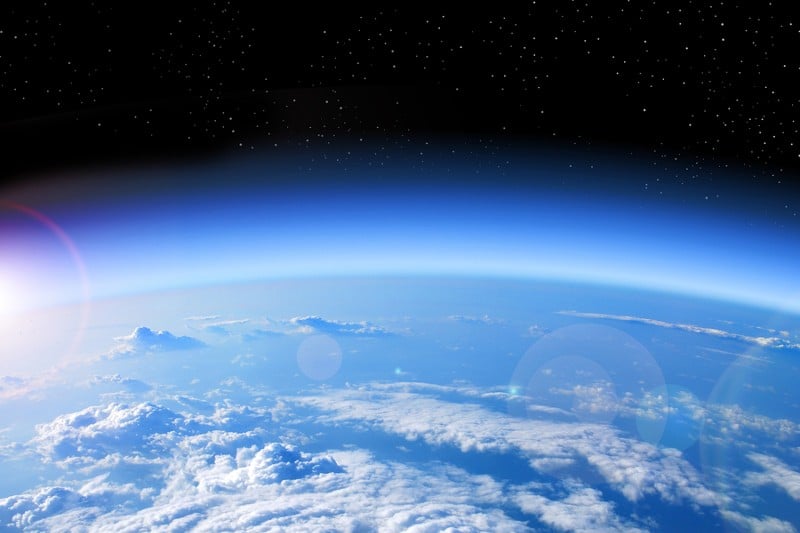MIT scientists have detected a clear signal of human influence on the increasing ozone levels in the upper troposphere, the layer of the atmosphere just below the stratosphere where most aircraft cruise. The study, published in the journal Environmental Science and Technology, confirms that much of the ozone increase in this region is likely due to human activities, despite efforts to reduce its sources at the surface in many nations.
Ozone: A Double-Edged Sword in the Atmosphere
Ozone plays different roles depending on its location in the atmosphere. In the stratosphere, it acts as a shield against the sun’s harmful ultraviolet rays. However, closer to the ground, ozone is a dangerous air pollutant that can cause chronic health problems, including chest pain, difficulty breathing, and impaired lung function.
In the upper troposphere, ozone contributes to warming the planet as a potent greenhouse gas. Recent signs indicate that ozone levels in this region are continuing to rise, despite efforts to reduce its sources at the surface in many nations.
“We confirm that there’s a clear and increasing trend in upper tropospheric ozone in the northern midlatitudes due to human beings rather than climate noise,” says study lead author Xinyuan Yu, a graduate student in MIT’s Department of Earth, Atmospheric and Planetary Sciences (EAPS).
Disentangling Human and Climate Influences on Ozone Trends
Understanding the causes and influences of ozone is a complex task. Ozone is not emitted directly but is instead a product of “precursors” – starting ingredients such as nitrogen oxides and volatile organic compounds (VOCs) that react in the presence of sunlight to form ozone. These precursors are generated from various human activities, including vehicle exhaust, power plants, chemical solvents, industrial processes, and aircraft emissions.
The persistence of ozone in the atmosphere depends on a tangle of variables, including the type and extent of human activities in a given area and natural climate variability. For example, a strong El Niño year could alter the atmosphere’s circulation in a way that affects ozone concentrations, regardless of how much ozone humans are contributing to the atmosphere that year.
To disentangle the human-driven causes of ozone trends from climate-driven causes, the MIT team ran simulations using a state-of-the-art chemistry climate model. They ran multiple climate scenarios, each starting from 1950 and running through 2014, with identical human-derived sources of ozone precursor emissions but slightly different starting climate conditions. By averaging over the simulated scenarios, they identified a common signal that emerged, which they attributed to human-driven causes.
The team then compared this human fingerprint to tropospheric ozone data derived from NASA’s Aura satellite from 2005 to 2021. They found that the satellite observations matched the human-caused ozone signal predicted by their simulations, especially pronounced over Asia, where industrial activity has risen significantly in recent decades.
Why it matters: Ozone in the upper troposphere is a potent greenhouse gas that contributes to global warming. Understanding the human-driven causes of increasing ozone levels in this region is crucial for developing effective strategies to address climate change and air pollution. By confirming that human activities are driving the rise in upper tropospheric ozone, this study provides valuable insights for policymakers and researchers working to mitigate the impacts of ozone on human health and the environment. The ability to separate human-caused impacts from natural climate variations will help inform targeted efforts to reduce ozone precursor emissions from specific sources, such as fossil fuel combustion, industrial processes, and aircraft emissions.
If our reporting has informed or inspired you, please consider making a donation. Every contribution, no matter the size, empowers us to continue delivering accurate, engaging, and trustworthy science and medical news. Independent journalism requires time, effort, and resources—your support ensures we can keep uncovering the stories that matter most to you.
Join us in making knowledge accessible and impactful. Thank you for standing with us!

